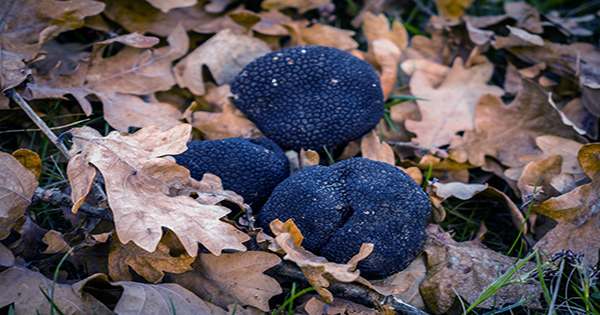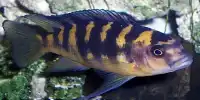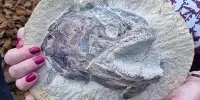When seeing the film Pig, Nicholas Cage fans may have already begun on a voyage in search of his truffle-hunting pig. If you liked the movie, there is a chance for a sequel, this time dubbed Birds, because two ground-dwelling bird species in Patagonia have been revealed to expert truffle hunters. They are the first non-mammalian species known to hunt for truffles, according to a study published in the journal Current Biology. The adorable finding came about by chance, as researchers for the new study were looking for truffles in Chile when they came across the birds’ peculiar behavior. The chucao tapaculos (Scelorchilus rubecula) and black-throated huet-huets seemed to be particularly interested in the researchers (Pteroptochos tarnii).
“When looking for truffles, you gently lift the leaf litter to examine the soil underlying, which somewhat disrupts the leaf litter and soil,” said Matthew E Smith, research author, and Assistant Professor at the University of Florida. “The birds really followed us through the forest in one remote forest in southern Chile (where the birds are not used to seeing people and are wary), and they visited the locations where we disturbed the soil and leaf litter.” This was a pleasant surprise! It implied that they were interested in what we were looking for on the forest floor.”
You may be familiar with truffles in the shape of rich oils or grated into pasta, but there are varieties of truffles in nature, not all of which are as fancy and all of which distinguished by their subterranean growth. Because of their underground existence, they rely on animals such as pigs, boars, and, obviously, birds to consume them and distribute their spores. The ecological significance of these creatures is critical since many tree species’ roots benefit from a symbiotic connection in which both sides share nutrients, allowing the forest to remain happy and healthy.
The researchers had reason to believe the birds were interested in their truffle hunt but did they devour the spoils?
“A number of other observations were also extremely fascinating,” Smith added. “These included detecting peck marks in truffles and other fungi where birds had definitely been eating, as well as noticing that certain truffles in Patagonian woods appear very identical to fruits that co-occur in the same forests. Even though I’ve collected truffles in at least six different nations across three continents, this is unlike anything I’ve ever seen!”
DNA tests on the droppings of chucao tapaculos and black-throated huet-huets revealed that truffles were present in 42 percent and 38 percent of samples, respectively. Using fluorescence microscopy to zoom in on the excrement, the researchers were able to determine that the droppings included viable spores, indicating that these little birds were definitely having a significant influence on truffles’ hidden sex life.
The researchers intend to return to the birds and the yet-to-be-named (scientifically speaking) truffle species they discovered during their quest to learn more about their behavior and see if the fungus in these areas has evolved any features that make it particularly desirable to birds.














